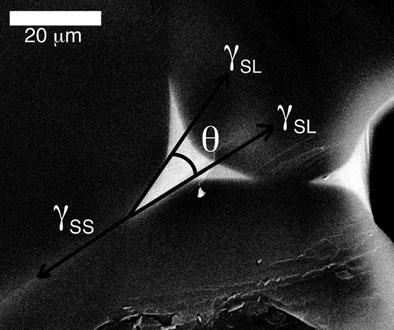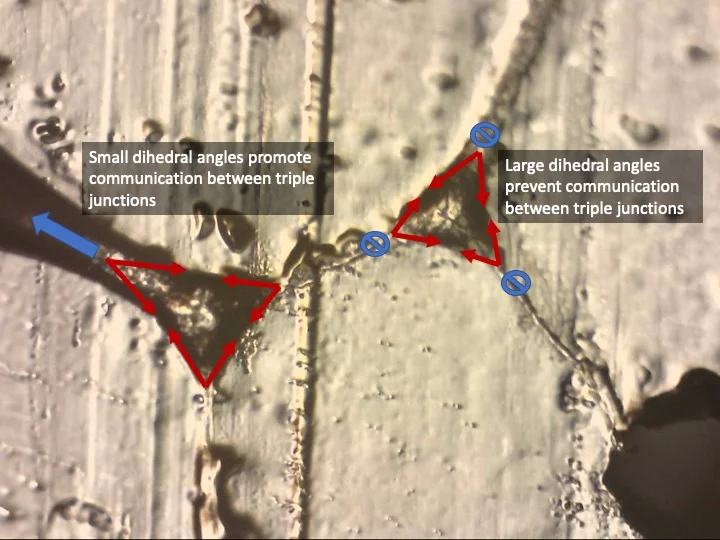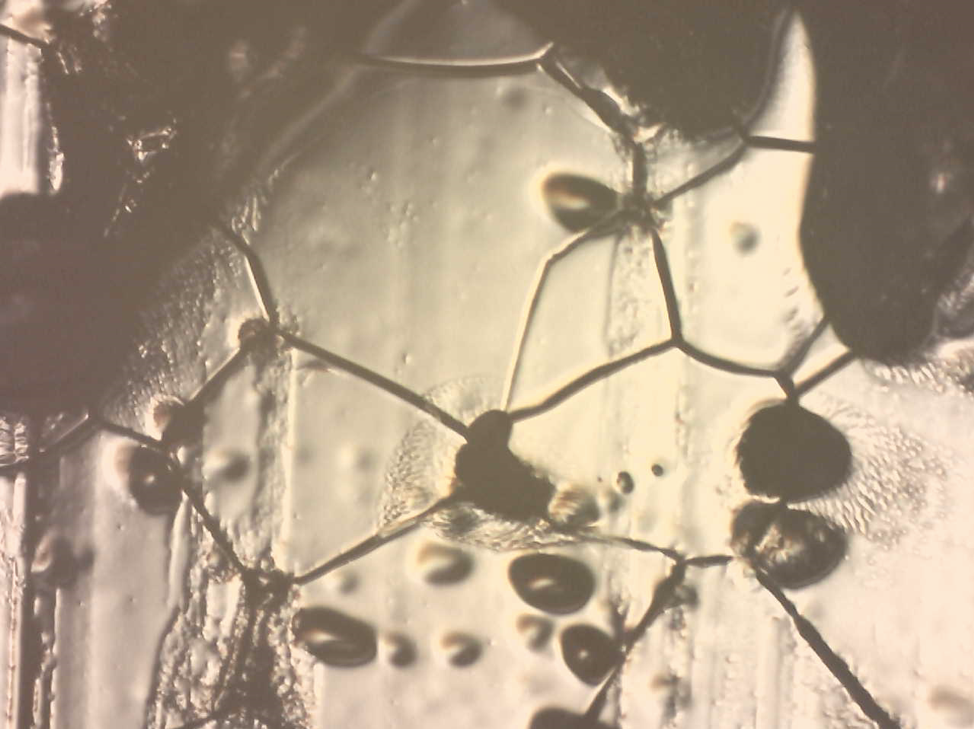One of the first deferred maintenance items on the Focus was the valve cover gasket. Although the previous owner had power-washed the engine bay before I purchased it (a big red flag), the oil pan and underside of the engine was covered in oil and road grime. I looked for noticable leaks, but nothing was obviously leaking while the engine was running. After sitting overnight, I noticed weeping from the drivers side valve cover, and figured it might be possible the valve cover was the culprit.
The valve cover, as seen from the passenger side. Note the oil residue around the coils.
When removing the coils, I noticed the rubber surrounds and the area around them on the valve cover were quite oily, and after removing the valve covers, I saw why: the entire coil chamber was filled to the absolute brim with oil. The coils had been sitting in a few inches of oil for quite some time, and this made it even more likely the gasket was done, as the coil chambers are surrounded by small gaskets of their own.
Coil pack chambers filled with oil. The coils sit inside of the rectangular shaped sections in between the overhead cams. One on each end, and two in the center.
After using a turkey baster to remove as much oil as possible, the spark plugs were replaced along with the valve cover gasket which was completely brittle and flattened. Although a lot of the oil was removed from that cavity, there was some still left, which inevitably went into the cylinder when changing out the spark plugs. This led to a fantastic cloud of smoke on startup, and it took about ten minutes to burn off all that oil. I was able to capture a short video about two or three minutes after the initial smoke plume.
Changing the valve cover gasket, oil, and spark plugs, proved to smooth out the idle and stop the oil leaks. These maintenance items also help to ensure this engine will last the difficult conditions of an endurance race.











